Tesla, the infamous electric car manufacturer, is widely known because of its driving assistance, features, top-of-the-line specs, and more importantly user convenience. One of the underrated features of the Tesla company is the supercharger network. Tesla started building the supercharger network for Tesla car users in 2013. Around 2018 there were an estimated 1200 stations throughout the USA. Now in 2021, there are over 2035 fast-charging stations across the USA. These 2035 charging stations can charge a combined of 25,000 cars simultaneously.
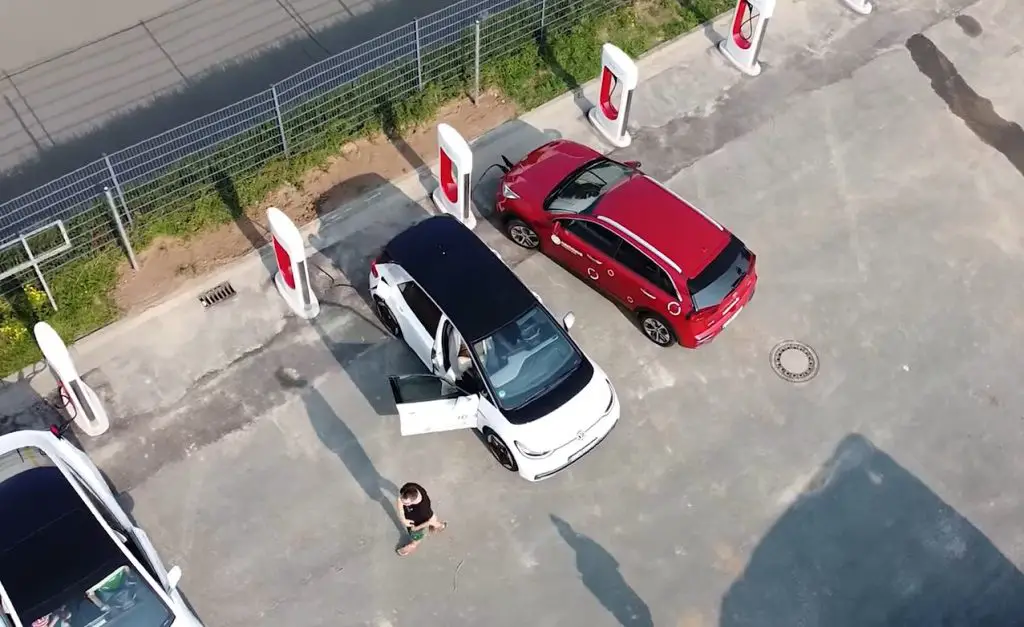
Here is Why Tesla Opening Supercharger Network for Other Cars
The Tesla supercharger can charge at a speed of 250 Kw/hr. This can charge your Tesla to drive a range of 200 km in a matter of 15 mins. The Tesla team has placed each of these charging stations very strategically. Giving a Tesla customer ease of mind while traveling throughout the country. The Tesla charging stations are available for all the owners of Tesla cars without any extra additional membership cost. They bill the drivers for charging by the minute, or per kilowatt-hour for “supercharging” depending on local laws. The power to these superchargers is provided by Tesla itself. SO it is cheaper to recharge a Tesla car at these superchargers than refueling an ICE car.
The Big Announcement
Tesla CEO Elon Musk said the Tesla Supercharger network will be open to other types of electric vehicles in 2021. Elon Musk did this by responding to a Twitter user by saying “We’re making our Supercharger network open to other EVs later this year”. Musk did not specify where in the world Tesla would open its stations to other automaker’s electric vehicles this year. ChargePoint, Electrify America, Volta, eVgo, Sema, are the competitors for Tesla supercharging network. Which are used by other EV’s, some of which even support charging for Teslas. This opens up the supercharging to other cars which aren’t Teslas. But before this can be implemented properly there are a lot of hurdles to overcome.
We created our own connector, as there was no standard back then & Tesla was only maker of long range electric cars.
It’s one fairly slim connector for both low & high power charging.
That said, we’re making our Supercharger network open to other EVs later this year.
— Elon Musk (@elonmusk) July 20, 2021
In December 2020, Elon Musk appeared on Marques Brownlee Youtube video. Where Elon Musk said other automakers were “low-key,” seeking access to Tesla Superchargers. And the equipment was already “being made accessible to other electric cars”. In an interview with Elon Musk conducted by CNBC, he said “It is our goal to support the advent of sustainable energy. It is not to create a walled garden and use that to bludgeon our competitors, which is sometimes used by some companies”. As reported by CNBC, Musk then did the old fake-throat-clearing routine and coughed, “Apple!”
They are, although it’s kind low-key. Tesla Superchargers are being made accessible to other electric cars.
— Elon Musk (@elonmusk) December 21, 2020
Although, the current Tesla users aren’t really happy with this news. In the cities where EV’s are very common, there are already tons of waiting and long lines for charging cars. Additionally, if the Tesla network opens up for other EV’s, they know it will increase the lines for charging cars by a lot. As there are some cars that don’t support the fast charging of 250 kWh, it will make the charging stations very crowded.
Few of the candidates for this open network of Superchargers are Norway, Germany, Sweden. Accordingly, these will open in the next year as suggested by a few of the reports.
Reasons
The two main reasons that Tesla is opening up its supercharger network for other car manufacturers. Firstly because the company has always believed in sustainability. Elon Musk has always openly talked about how sustainability and renewable energy is the need of humanity. With projects like Solar city, it has been pretty eminent. Opening up the supercharging stations to other manufactures, not only eases their load of building a charging network for the EV’s but also gives them an incentive to drive up the speed of production of their EV’s as there already is a nationwide network for EV charging.
Secondly, the reason why Tesla may have opted to do this is government incentives. According to the new law passed, if they open up their charging network for other car companies, they may get billions of dollars in incentives on building more Charging stations and also will get electricity at a subsidized rate. Tesla right now doesn’t earn a lot from its supercharging stations. It provides electricity to its customers pretty much at cost. But in case they open up their supercharging station, Goldman Sachs has estimated that Tesla could rake in as much as $25 billion per year in charging fees from non-Tesla drivers. Benefiting all Tesla, other car companies, and various EV owners.
Challenges
The main hurdle to cross before this goes is the charging port ordeal. Tesla’s have a different charging port as compared to other EV’s. Teslas use a charging port and connector which they have engineered in-house, which is slim and portable. This charger can both do fast charging and normal charging. The rest of the EV manufacturers use a charging port known as CCS connector. It is similar to the difference between Apple’s charging port and android type C charging port. But to have a common charging port, one of them needs to bow down and make changes to the existing and future cars, while also making the required software changes.
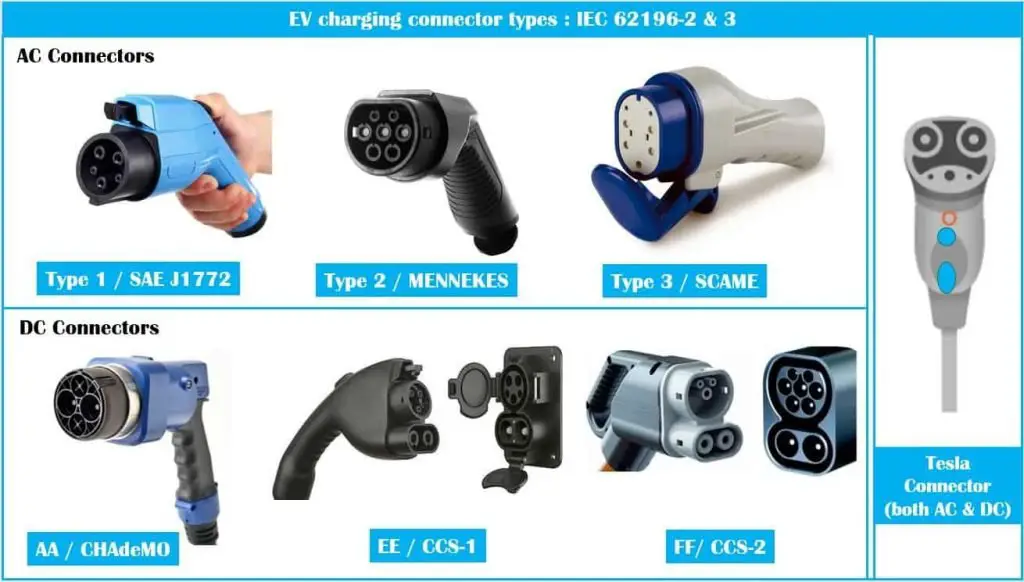
Hardware
Luckily, there’s a much simpler solution. The standards war between CCS and CHAdeMO ended when the charger manufacturers started producing chargers equipped with both plugs. Similarly, the Supercharger moat was bridged. Model 3 and Model Y vehicles sold in the European market come with a combo charging port. This port has both CCS and a tesla charging port. Tesla has retrofitted its European Supercharger stations with dual cables. “In advance of the Model 3 rollout in Europe, we will be retrofitting our existing Superchargers with dual charge cables.” a Tesla spokesperson said in 2018. For the older models, there is an adapter available freely in the market, in case the Tesla owners want to charge their car in a normal EV charging station.
The dual-standard solution is coming from the other side too. EVgo, a fasting charging network, started adding the Tesla fast proprietary connectors to their charging stations. This started after they began cooperating with Tesla in 2019. Hundreds of its stations around the country now support all Us fast charging standards, without a need for a separate adaptor.
Software
On the software side, things are a little more complex. Tesla is not a participant in the Open Charge Point Protocol, which allows interoperability among charging stations from different manufacturers. Although, Elon Musk doesn’t seem to see much of an issue here. “Our Supercharger network is not intended to be a walled garden—it’s intended to be available to other manufacturers if they’d like to use it” he said in 2015. “The only requirements are that the cars must be able to take the power output of our Superchargers, and then just pay whatever proportion their usage is of the system.”
The legacy carmakers are beginning to implement the Plug & Pay standard. Which, as the name implies, allows drivers to simply plug in and walk away, letting the car handle authentication and billing on its own, just as Teslas have always done.
Conclusion
In my opinion, this is a step towards a cleaner and integrated system. We don’t have different petroleum refueling centers for different automobile companies. Similarly, if we have a single united network, it will be easier for users to charge their cars. Streamlining things will take time and is hard. But once we cross these obstacles, it will be smooth sailing for both the companies and the consumers.



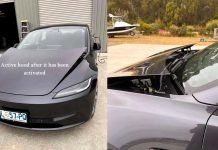
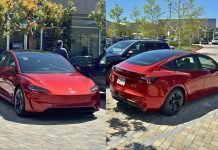
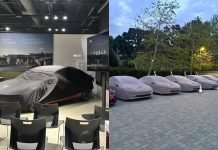








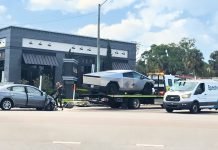
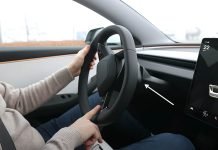
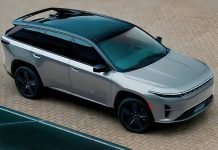
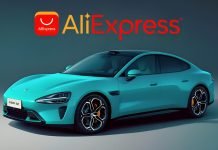
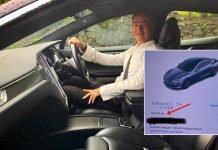
Fix the typos.
Charge port standard is called CCS not CSS.
Thanks:-)
Why “infamous”?